#AllAboutBirds
Explore tagged Tumblr posts
Text
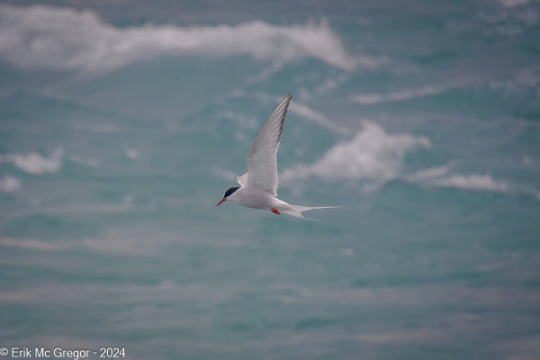
KRIA (Icelandic for arctic tern) - Composition Friday
© Erik McGregor - [email protected] - 917-225-8963
#PhotoOfTheDay#ArcticTern#kria#SternaParadisaea#tern#AnimalEncounter#birds#birdwatch#BirdWatchers#BirdLovers#bird#BirdWatching#nature#wildlife#AudubonSociety#AudubonNY#audubon#AllAboutBirds#cornellornithology#cornellbirds#CornellLab#JökulsárlónGlacierLagoon#Iceland#birdstagram#birdsofinstagram#instabird#BirdPhotography#WildlifePhotography#NaturePhotography#ShotOnNikon
113 notes
·
View notes
Text
last night at my grandmas i came across a book i used to sift through as a kid. its a book about birds with a small speaker on the side; all of the birds are numbered, so you can go through the numbers on the panel and listen to the bird's calls. i didnt think about it much as a kid, i just liked listening to the sounds they made.
recently ive developed an obsession with the ivory-billed woodpecker, a species that has been declared extinct for a while now, and also the largest woodpecker in north america. the last official sighting was in 2004, and hasn't been located since.
anyways, i was going through the book last night, listening to all the calls when i came across THIS page.

this book was published in 2006, around the same time Cornell went on the hunt for these guys. i didn't expect them to be in there, i dont remember seeing it as a kid (granted, i dont remember much that far back) but oh my god he's... right in front of me.. i quickly tuned the panel to number 77, pressed the button, and listened to the old, worn out speaker go "mep mep, mep-mep-mep!" at me, i think it's using the recording from 1935 found on allaboutbirds.
my heart was bursting out of my chest it was beating so fast. seeing pictures of it on my computer is one thing, i dont know why but just having it on paper, something a little more tangible, it hurt. it hurt knowing i may never be able to hear that sound anywhere but a shoddy little speaker in a book. i want to hear it in the wild, damn it. i want them back.
ivory-billed woodpeckers were also nicknamed the 'lord god!' bird, because thats what people exclaimed when they saw them, their wingspan being a whopping 76cm. they're also closely related to the imperial woodpecker of south america, which is the largest woodpecker in the world. their numbers have also suffered due to habitat loss, and are also presumed extinct, having not been sighted since 1956.
#sorrryyyyy for the long pooooostttt....#gf is at her parents so im alone with nothing else to do#so might as well get emotional about things we cant change!
3 notes
·
View notes
Text
if I was a king and I had some gay little jester I'd just make him pull up allaboutbirds and show me pictures all day. Hark! barn swallow!
5 notes
·
View notes
Note
Trick or treat!
Ty. I look at you. I smoosh your cheeks. You come to me on this halloween asking to be handed a bird? You know what bird(s) I'm gonna hand you.
The Northern Cardinal, Cardinalis cardinalis (from family Cardinalidae no less)
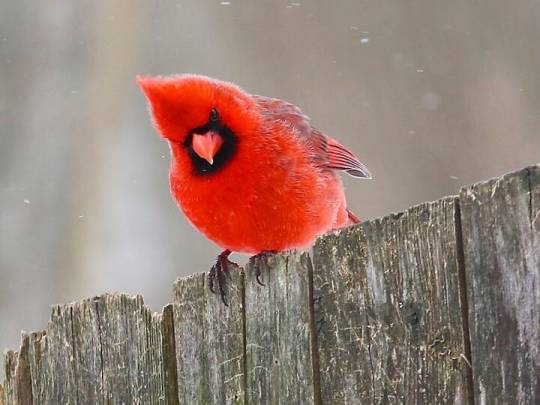
(Source)
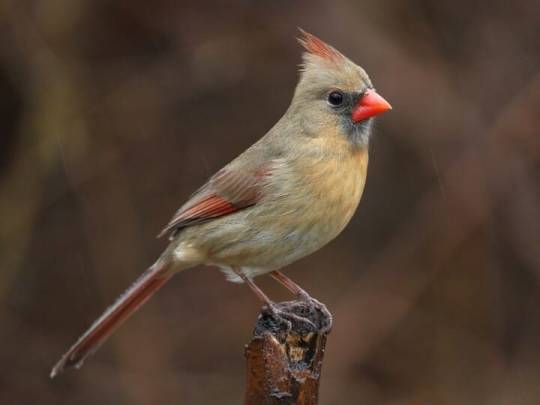
(Source)

(Source)
Cardinals don't actually migrate, so wherever they live they live year-round. It makes them particularly prominent in winter in temperate regions where they stand out against the snow, especially since they don't molt into a duller plumage in the nonbreeding season. The fact that they stay year-round combined with just how prominent they are visually probably contributes to why they're the state bird of seven states (Illinois, Indiana, Kentucky, North Carolina, Ohio, Virginia, and West Virginia).
Cardinals are very territorial and they absolutely do NOT pass the mirror test, which means they're often seen attacking their reflections in mirrors and windows, sometimes for hours at a time. Usually that's only for a few weeks a year, though, in spring to early summer.
There's a lot of symbolism that cardinals hold, but among them are hope, joy, love, new beginnings, strength, protection and a sign for those who have lost loved ones that they are doing well and okay. Some people believe that a visit from a cardinal is a visit from a loved one that has passed.
The Blue Jay, Cyanocitta cristata
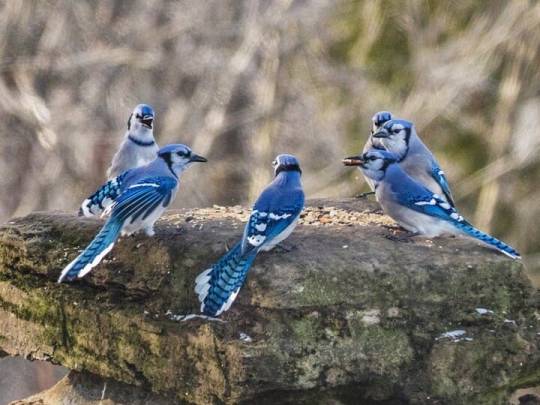
(Source)
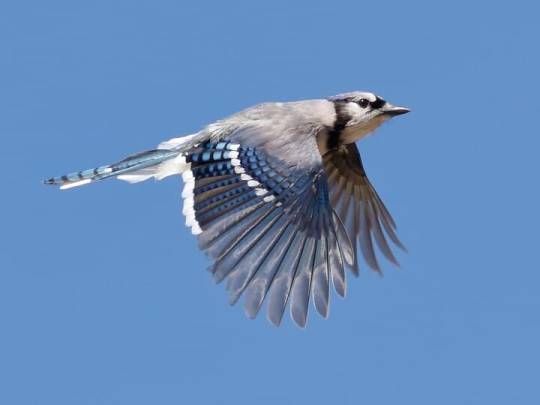
(Source)
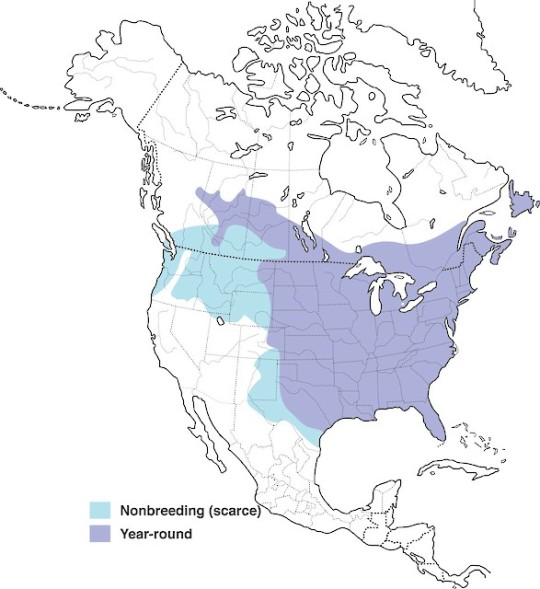
(Source)
There is no blue pigment in the feathers of a blue jay. Their color is actually caused by the scattering of light amidst their feathers, and if you hold a feather up to the light it will appear brown.
While blue jays are most known for their screeching calls, they can also mimic other birds. They usually do this with hawks, and especially red-shouldered hawks, so hey, if you hear the piercing cry of a hawk it might actually be that of a blue jay!
Blue jay migration is a MESS. Like. It's all over the place and no one has any clue as to why. Like, here, let me put this screenshot here from the blue jay's entry on allaboutbirds:

Like cardinals, blue jays symbolize a lot of things. Among them are good luck, selflessness, protection, honesty, and healing.
#tytonidaedraco#answered#self#me: I'm gonna put the bird meanings in this post because of toh!#me: gosh hecking dangit now I'm crying#blue jay#jay#northern cardinal#cardinal#bird#animals#halloween#you know what yeah I might as well tag it with this too:#the owl house#well this one took a long time to do
7 notes
·
View notes
Photo

American Robin ♂️ #birdphotography #bird_captures #raw_birds #best_birds_of_world #birdsofinstagram #best_birds_photography #audubonsociety #nature_worldwide_birds #total_birds #emeraldnecklaceparks #global4nature #blackbirders #planetbirds #your_best_birds #eye_spy_birds #nuts_about_birds #bird_brilliance #nutsaboutbirds #birds_adored #dailybirdpix #bbcearth #allaboutbirds #best_birds_of_ig #birdsoftheworld #birdplanet #amazingbirds #beautifulbirds #myarnoldarb #americanrobin #yourshotphotographer (at Arnold Arboretum of Harvard University) https://www.instagram.com/p/Cp0TgTxLkSh/?igshid=NGJjMDIxMWI=
#birdphotography#bird_captures#raw_birds#best_birds_of_world#birdsofinstagram#best_birds_photography#audubonsociety#nature_worldwide_birds#total_birds#emeraldnecklaceparks#global4nature#blackbirders#planetbirds#your_best_birds#eye_spy_birds#nuts_about_birds#bird_brilliance#nutsaboutbirds#birds_adored#dailybirdpix#bbcearth#allaboutbirds#best_birds_of_ig#birdsoftheworld#birdplanet#amazingbirds#beautifulbirds#myarnoldarb#americanrobin#yourshotphotographer
14 notes
·
View notes
Note
🐤
you got: northern great grey shrike!
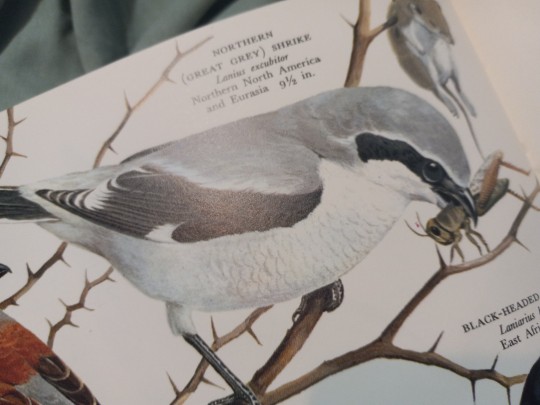
"Throughout the year, Northern Shrikes are territorial, and they are aggressive against others of their species and against many birds, including many that are neither competitors nor potential prey: they attack birds as large as ducks and grouse." - allaboutbirds
4 notes
·
View notes
Text
I’m sorry the best goose is BRANT:
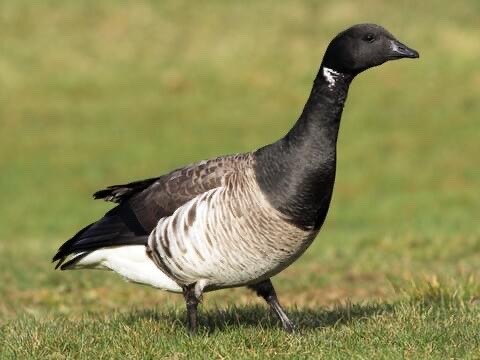
(From allaboutbirds)
My 2 runners up are:
Red-breasted goose
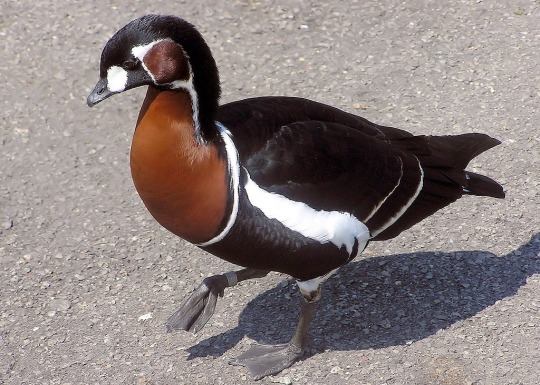
Ashy-headed goose:
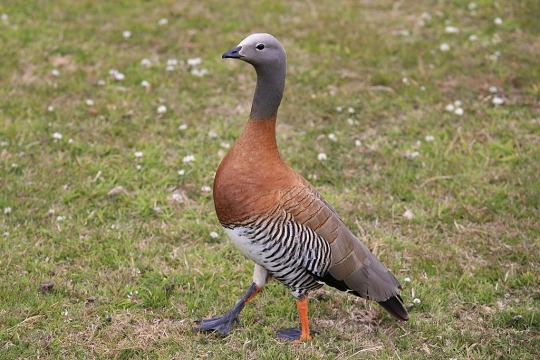
(Previous 2 pics from Wikipedia)

Cape Barren goose (look at themmm!!)
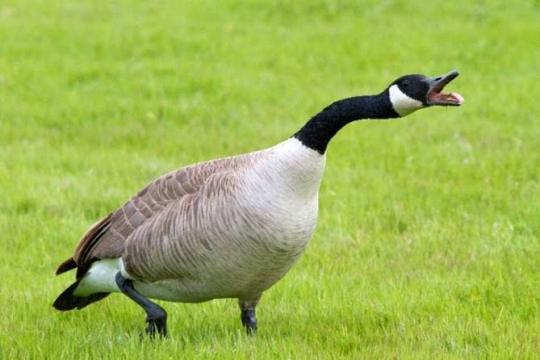
Canadian goose (no.1 guard goose)
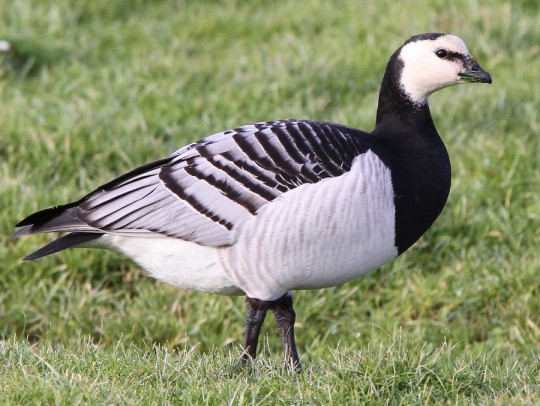
Barnacle goose (those are some cool looking stripes!)
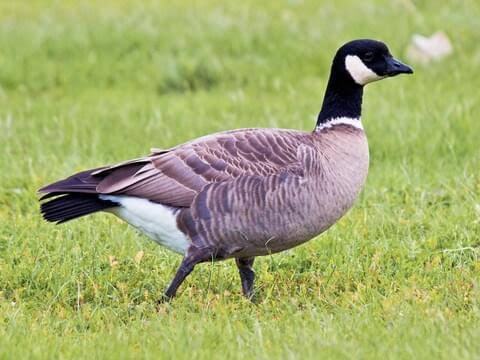
Cackling goose (I bet this goose has a great cackle)
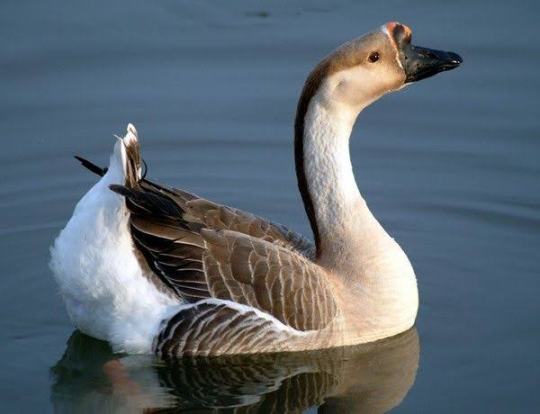
African goose (such elegance! and poise!)
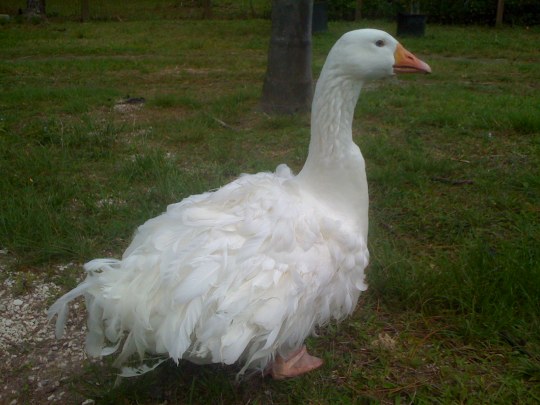
Sebastopol goose (so floofy)

Egyptian goose (pretty colours!)

Ruddy-headed goose (check out that pattern!)
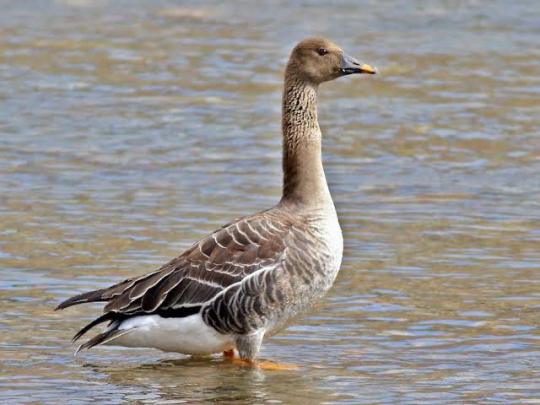
Bean goose (this looks like the kinda goose that would enjoy some beans)
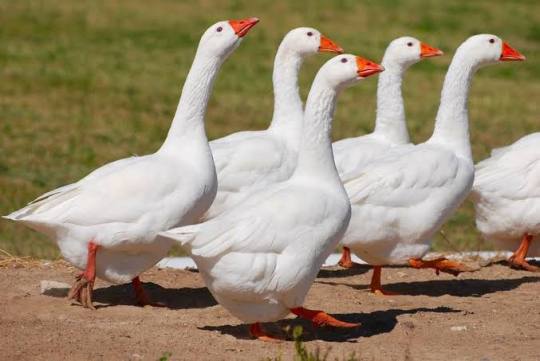
Embden goose (the classic)
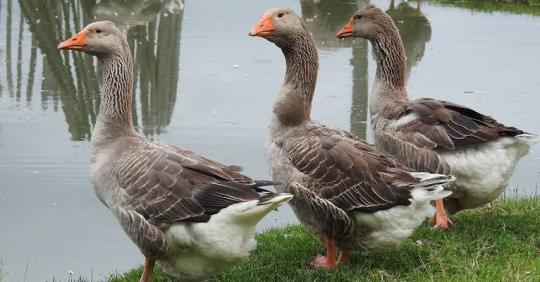
Toulous goose (majestic beasts)
feel free to reblog with your favourite geese that I might have missed!!
3K notes
·
View notes
Text
youtube
#forkids #youtubeforkids #juniorbuddies #youtubecartoon #flyingbirds #learnaboutbirds #birdsforchildren #learningvideos #educationalvideos #kidslearning #fyingbirdsforkids #allaboutbirds #namesofflyingbirds #evsforkids #gkquiz
0 notes
Text
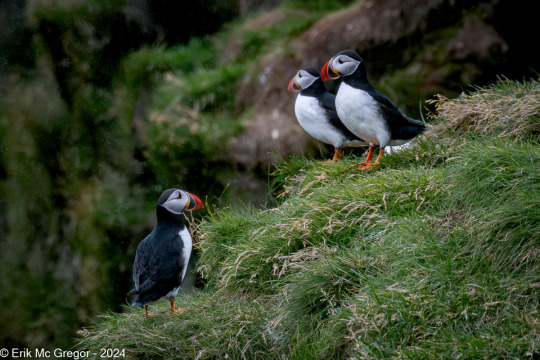
A CIRCUS OF PUFFINS (very orderly circus) - Composition Wednesday
© Erik McGregor - [email protected] - 917-225-8963
#PhotoOfTheDay#CircusOfPuffins#AtlanticPuffin#puffin#puffinry#puffins#FraterculaArctica#auks#TinyNature#AnimalEncounter#birds#birdwatch#BirdWatchers#BirdLovers#bird#BirdWatching#nature#wildlife#AudubonSociety#audubon#AllAboutBirds#cornellornithology#cornellbirds#CornellLab#Ingólfshöfði#Iceland#BirdPhotography#WildlifePhotography#NaturePhotography#ShotOnNikon
69 notes
·
View notes
Photo

White-breasted Nuthatches forage up, down, and sideways over tree trunks and around large branches. They probe into bark crevices or chip away at wood to find food, often storing seeds and insects one at a time under loose bark on their territory. You can find them at woodland edges and in open areas with large trees, such as parks, wooded suburbs, and yards. White-breasted Nuthatches are monogamous birds that live in pairs year round chasing other nuthatches from their territory. If you are interested in getting these North American songbirds to visit your backyard you can attract them by offering large nuts such as sunflower and peanuts, and by putting out suet. #allureduniverse #outdoors #nature #wildlife #animalbehavior #WhitebreastedNuthatches #nativespecies #americanexpedition #northamerica #discoverwildlife #allaboutbirds #thecornelllab #naturephotography #conservation #awareness #wildlifeconservation #Sittacarolinensis #scienceiscool #alwayslearning #johnheinzwildliferefuge #gooutandexplore #themoreyouknow #facts #canonpowershotsx530hs (at John Heinz National Wildlife Refuge At Tinicum)
https://www.instagram.com/p/CNGjK4NMk1x/?igshid=1hitelpf7t7yw
#allureduniverse#outdoors#nature#wildlife#animalbehavior#whitebreastednuthatches#nativespecies#americanexpedition#northamerica#discoverwildlife#allaboutbirds#thecornelllab#naturephotography#conservation#awareness#wildlifeconservation#sittacarolinensis#scienceiscool#alwayslearning#johnheinzwildliferefuge#gooutandexplore#themoreyouknow#facts#canonpowershotsx530hs
4 notes
·
View notes
Text
Conservation biologist here! Citizen science is super important!
You might wonder if submitting a couple photos of bugs in your yard to iNaturalist or feeder birds to eBird make a difference and it DOES. There are hundreds of academic papers each year (including my own) that use data from these citizen science projects to track long term trends in species populations, discover new populations of rare or imperiled species, or understand animal behavior and species interactions. Once in a while, someone even rediscovers a once-thought-extinct species by chance!
Citizen science is important because, as I've mentioned before, there aren't enough biologists to go around. We can't survey species everywhere, so a lot of places end up with big data gaps, particularly rural areas. Your backyard could have species that we didn't even know occurred in that county, or even that state! We need you to help fill in those gaps - even if you don't know what you're taking a picture of, if you put it on a community-driven platform like iNaturalist, we will ID it for you.
Citizen science can be a gateway into conservation, getting you more familiar and curious about the nature in your area. You'll start noticing more, knowing their names, and then seeking them out. Before you know it, you'll also be looking for a community of like-minded enthusiasts, meeting up to look for things together, or participating in events to help build habitat, or even help teach others what you've learned.
Some of the sites listed and bullet pointed above are redundant, so let me summarize:
Zooniverse as mentioned is an excellent place to find a variety of projects that need pairs of eyes to look through data, as others have mentioned. There's trail cam projects, whale song projects, star map projects, transcription projects, any number of things you can do at home (and not just science, quite a lot of humanities and history stuff on there too). It can be super relaxing to just spend a few hours going through photos and clicking buttons.
iNaturalist is the major worldwide platform for submitting photos or audio of literally any living thing, anywhere. It's community-based, so you suggest an ID, and others will agree or correct it until it's reached a consensus and can be 'research grade', aka enough for scientists to use. The possibilities of how you can search, view, and study the data are limitless. Learn the species in your area, search for where to find species you want to see, learn who else near you is interested in the same kinds of organisms, you name it. And if you already are pretty good at IDing some kind of organism, you can help add IDs to others' posts and pay it forward.
eBird is, next to iNaturalist, the other largest global citizen science platform, but only for birds. It is made by the Cornell Lab of Ornithology, which also makes the Merlin bird ID app and AllAboutBirds website. Out of those three, eBird is the actual citizen science site you submit to. eBird is the primary platform used by birders of all skill levels, and contains over 101,000,000 checklists from birders all over the globe. Like, if you were wondering where birders hang out, it's here. You could search the data for hours. Birders do. It doesn't matter if you submit a single chickadee or a 12-hour Big Day list, they all count and they're all important. There is a higher expectation of data quality here though than places like iNaturalist - you do need to be sure of what species you are seeing, and if you try to submit something rare without documentation they will contact you.
There are smaller eBird projects you can do coming into the winter now though - check out Project Feederwatch, The Great Backyard Bird Count, and the annual Christmas Bird Count, which happens in several locations in every state each year! These pertain to common, easy-to-ID yard birds and there are resources to help you learn them.
These sites all have tutorials on how to use them!
There are so many citizen science projects. Some like bioblitzes are in-person events that usually last one day and take place at a specific property like a local nature preserve, while others like a butterfly census occur all season and you can sign up for a route. Look into what's happening in your state by checking out your local Audubon chapter's website!
I'll throw a few others here: BugGuide, BumbleBee Watch, Beecology, The Great Sunflower Project, Xeno-Canto, Big Bee
If you're feeling anxious or depressed about the climate and want to do something to help right now, from your bed, for free...
Start helping with citizen science projects
What's a citizen science project? Basically, it's crowdsourced science. In this case, crowdsourced climate science, that you can help with!
You don't need qualifications or any training besides the slideshow at the start of a project. There are a lot of things that humans can do way better than machines can, even with only minimal training, that are vital to science - especially digitizing records and building searchable databases
Like labeling trees in aerial photos so that scientists have better datasets to use for restoration.
Or counting cells in fossilized plants to track the impacts of climate change.
Or digitizing old atmospheric data to help scientists track the warming effects of El Niño.
Or counting penguins to help scientists better protect them.
Those are all on one of the most prominent citizen science platforms, called Zooniverse, but there are a ton of others, too.
Oh, and btw, you don't have to worry about messing up, because several people see each image. Studies show that if you pool the opinions of however many regular people (different by field), it matches the accuracy rate of a trained scientist in the field.
--
I spent a lot of time doing this when I was really badly injured and housebound, and it was so good for me to be able to HELP and DO SOMETHING, even when I was in too much pain to leave my bed. So if you are chronically ill/disabled/for whatever reason can't participate or volunteer for things in person, I highly highly recommend.
Next time you wish you could do something - anything - to help
Remember that actually, you can. And help with some science.
#am i capable of writing less than six (6) paragraphs? the world may never know#anyway if you spend time on these you may run into me. my irl self.#i identify most bees posted to the northeastern US on iNat and well. i'm an active birder lol
26K notes
·
View notes
Photo

I may have been quiet on the internet lately, but I haven't been still! One thing I did was a series of #illustrations for Living Bird's Winter 2020 issue on predictions for the intersection of #birding and #technology. Swipe through for a few of the illus horribly cropped by instagram, or better yet, go to #allaboutbirds and check out Living Bird to see all of them properly! Thanks to @jillianditner and the Cornell Lab of Ornithology for getting me in on this, and more importantly for all your hard work supporting #bird #research in the world! :) #birds #humans #ink #digital #contractwork #comicstyle #infographicy #art #magazine #cornell #cornelllabofornithology #livingbird #missyall <3 https://www.instagram.com/p/B8PzdWCDDNO/?igshid=1uuup3323fx0e
#illustrations#birding#technology#allaboutbirds#bird#research#birds#humans#ink#digital#contractwork#comicstyle#infographicy#art#magazine#cornell#cornelllabofornithology#livingbird#missyall
68 notes
·
View notes
Photo
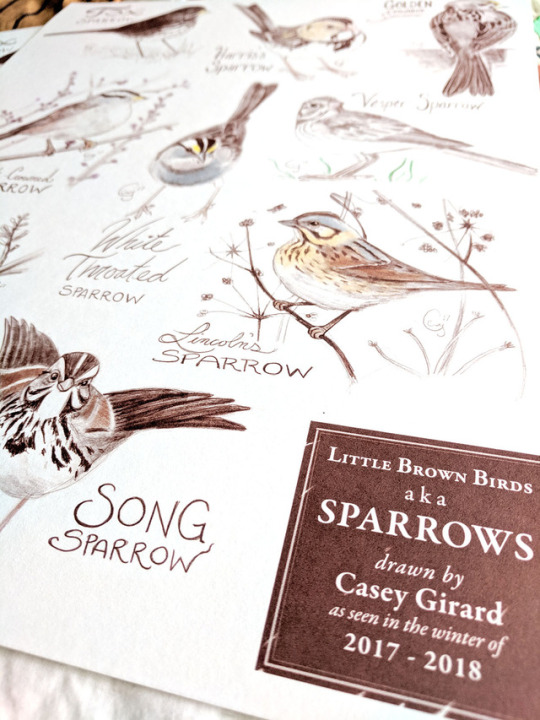
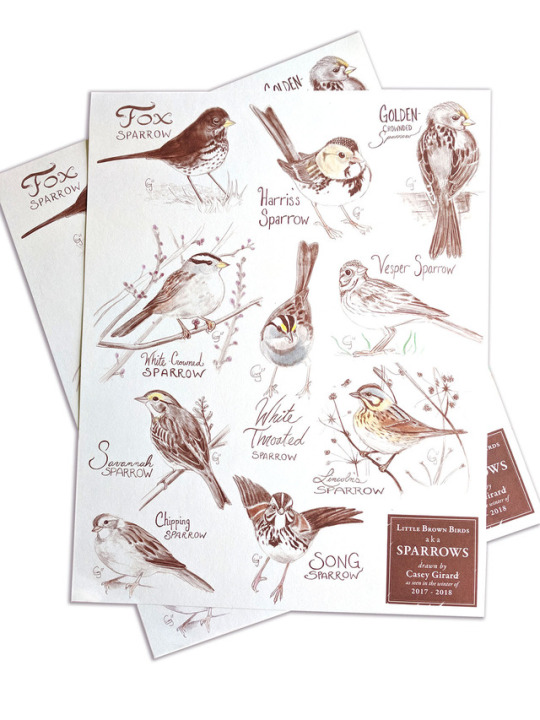
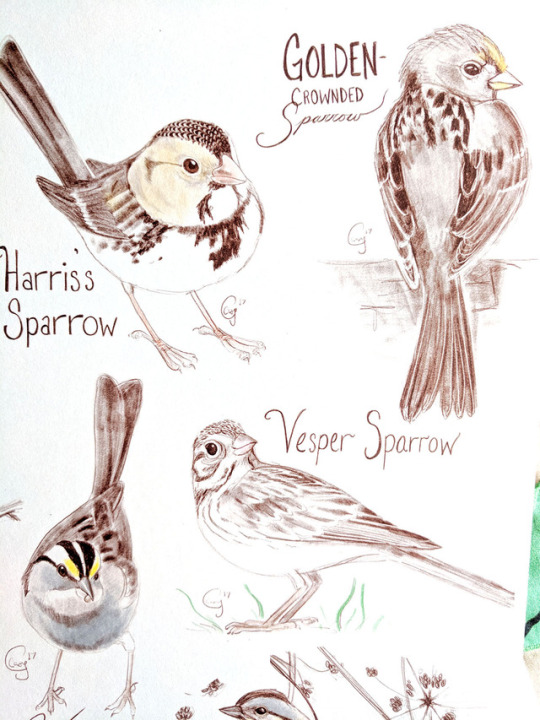
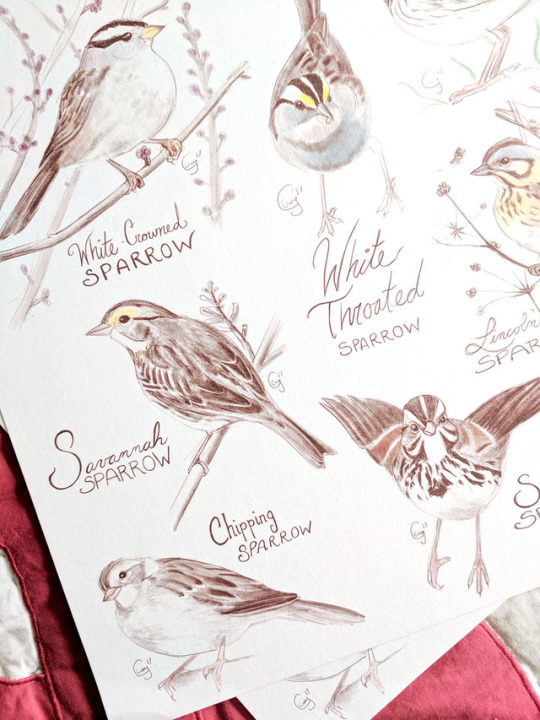
The Sparrows of Winter 2017-2018. Since I am behind sharing my progress here on tumblr, here is a catch up of my project. I am drawing birds and I have completed a series on Sparrows. These are Sparrows I saw this winter and I have compiled them into a poster.
#bird#birds#sparrows#birding#nature#natureart#caseygirard#yearofthebird#birdyourworld#audubon#ebird#procreate30#californiawildlife#allaboutbirds
17 notes
·
View notes
Photo

A red breasted sapsucker. I had just parked my car and was getting ready to go hiking when this guy flew up to the tree near the car and went to work on the tree. I love it when nature comes to me. #nature #redbreastedsapsucker #woodpecker #woodpeckersofinstagram #sapsucker #sapsuckersofinstagram #redhead #discovervancouverisland #explorevancouverisland #birdsofinstagram #birds #birdphotography #birdlovers #birdwatching #audubonsociety #audubon #allaboutbirds #natgeoyourshot #natgeowildlife #birdstagram #birds_captures (at Cassidy, British Columbia) https://www.instagram.com/p/B_2j_GOnKFQ/?igshid=xl9nw9r4frii
#nature#redbreastedsapsucker#woodpecker#woodpeckersofinstagram#sapsucker#sapsuckersofinstagram#redhead#discovervancouverisland#explorevancouverisland#birdsofinstagram#birds#birdphotography#birdlovers#birdwatching#audubonsociety#audubon#allaboutbirds#natgeoyourshot#natgeowildlife#birdstagram#birds_captures
0 notes
Note
Honestly I would highly recommend checking out allaboutbirds https://www.allaboutbirds.org/news/ it works in tandem with Merlin and can provide you more detailed information on species. You can also find guides on how to develop bird IDing skills, how to create a bird friendly home, feeding guides, a list of publications, and much more!
If you want more photos/sound recordings you can also check out the Macaulay library https://www.macaulaylibrary.org/
ALSO if you really want to get into bird watching and enjoy citizen science projects, eBird is a great app to record your findings!
Hey! So, I just discovered your account and I LOVE it!! I want to learn more about birds as they seem so interesting, which bird should I first learn about?
this is a wonderful question! there's a few different places to start.
for me, my favorite birds & the first ones i learned about were the ones local to me! this obviously depends on where you live haha. a good place to start would be googling which birds live in your country/state/region/county/etc.
there is an app called merlin from the cornell lab of ornithology that's REALLY useful for figuring out what birds are near you. if you see or hear a bird you don't recognize, you can record its call or take a picture of it, and the app tells you what it is. :) i'm plugging it here because i recently downloaded it and i LOVE it haha.
i love using wikipedia to read about birds :) there are also blogs like @todaysbird that post pictures & fun facts about birds!
i think the most important thing is, if you see or hear about a bird you think is funny or cool or cute, look it up! there's bound to be something interesting about every animal you hear about, no matter how common it is.
i'll finish up by linking a few articles on birds that i thought were really interesting, since people might appreciate it:
scientists taught pet parrots to video call each other—and the birds loved it
wikipedia page on alex the parrot, a pet african grey parrot who was the subject of a study on how parrots copy words & sentences from their owners
juvenile bird accidentally breaks record for longest non-stop flight on its first attempt
if anybody has any articles, resources, blogs, etc. that they'd like to share, feel free to do so! i'd love to see what people have to share.
124 notes
·
View notes
Photo
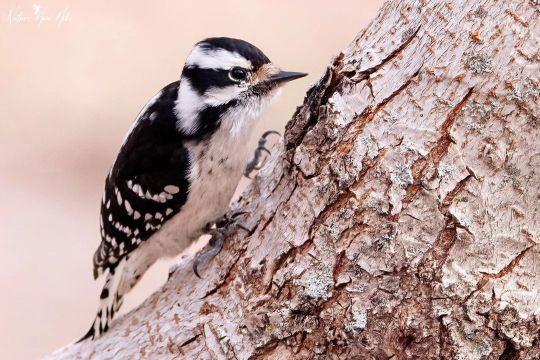
Downy Woodpecker ♀️ #birdphotography #bird_captures #raw_birds #best_birds_of_world #birdsofinstagram #best_birds_photography #audubonsociety #nature_worldwide_birds #total_birds #downywoodpecker #emeraldnecklaceparks #global4nature #blackbirders #planetbirds #your_best_birds #eye_spy_birds #nuts_about_birds #bird_brilliance #nutsaboutbirds #birds_adored #dailybirdpix #bbcearth #allaboutbirds #best_birds_of_ig #birdsoftheworld #birdplanet #amazingbirds #beautifulbirds #myarnoldarb #woodpecker (at Arnold Arboretum of Harvard University) https://www.instagram.com/p/CpsjxOOuOo7/?igshid=NGJjMDIxMWI=
#birdphotography#bird_captures#raw_birds#best_birds_of_world#birdsofinstagram#best_birds_photography#audubonsociety#nature_worldwide_birds#total_birds#downywoodpecker#emeraldnecklaceparks#global4nature#blackbirders#planetbirds#your_best_birds#eye_spy_birds#nuts_about_birds#bird_brilliance#nutsaboutbirds#birds_adored#dailybirdpix#bbcearth#allaboutbirds#best_birds_of_ig#birdsoftheworld#birdplanet#amazingbirds#beautifulbirds#myarnoldarb#woodpecker
12 notes
·
View notes